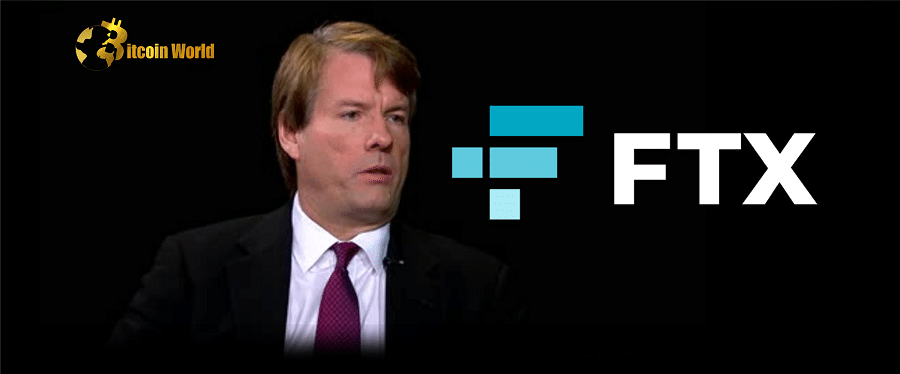On Tuesday, MicroStrategy Executive Chairman Michael Saylor spoke about the layers of evil and mismanagement that led to FTX’s demise last month.
The executive accused the exchange’s former CEO, Sam Bankman-Fried, of both securities fraud and using the asset as collateral to gamble away his depositors’ money through FTT.
“Sam and the majority of people in the crypto world have always been guilty of pumping and promoting unregistered securities,” he said. “That was obvious to the SEC chair [and] most politicians.”
Bankman-company Fried’s was in charge of issuing the FTT token, which provided various benefits to users of his exchange. Once a top 25 cryptocurrency, the asset lost over 90% of its value during a run on FTX last month, prompting its bankruptcy.
Saylor describes Bankman Fried’s use of FTT and other tokens as collateral for loans as “particularly diabolical,” given their illiquidity. Traditional banks, such as Goldman Sachs, would, however, refuse to lend money on such risky collateral.
As a result, Bankman-Fried turned “to himself,” using Alameda to “borrow” funds from FTX users on the FTT collateral. The funds were then used by Alameda to prop up the price of FTT, allowing the company to borrow even more money and deposit it in Sam Bankman-holding Fried’s company, Paper Bird.
While SBF maintains that he had little knowledge of what happened at Alameda Research, it is widely assumed that the trading desk was heavily involved in the events that led to both companies’ insolvencies. According to court filings, the Alameda was secretly exempted from FTX’s auto liquidation mechanism last month, a privilege Saylor referred to as “god mode.”
“He generated $10 billion in an unregistered security and then secretly borrowed $10 billion from his depositors,” Saylor explained. “I gambled with it, traded it, spent it, and lost it.”
Saylor went on to say that VCs who invested in FTX were effectively supporting a “offshore unregulated casino” and had not done their homework. On Thursday, Kevin O’Leary, a paid spokesperson and early investor in FTX, admitted that he and other investors had relied too heavily on each other’s due diligence processes.
“Sam stole billions from unsuspecting Silicon Valley investors.” “They should’ve known better,” Saylor said.
Only a few months ago, Sam Bankman-Fried was regarded as an industry savior after his company stepped in to provide emergency liquidity for a number of failing companies, including BlockFi and Voyager.
SBF framed his rescue action at the time as an altruistic attempt to protect the industry rather than a profit-making venture. However, Saylor claims that Bankman-Fried only intended to protect those companies in order to prevent them from suing Alameda for their money.
“If I can simply give them a billion dollars in equity, take over the company, and not pay back the loan, I can continue the entire fraud,” he explained.
Finally, Saylor believes that FTX’s extremely low trading fees were a ploy to entice traders to deposit assets on the platform, with which SBF could freely trade.














